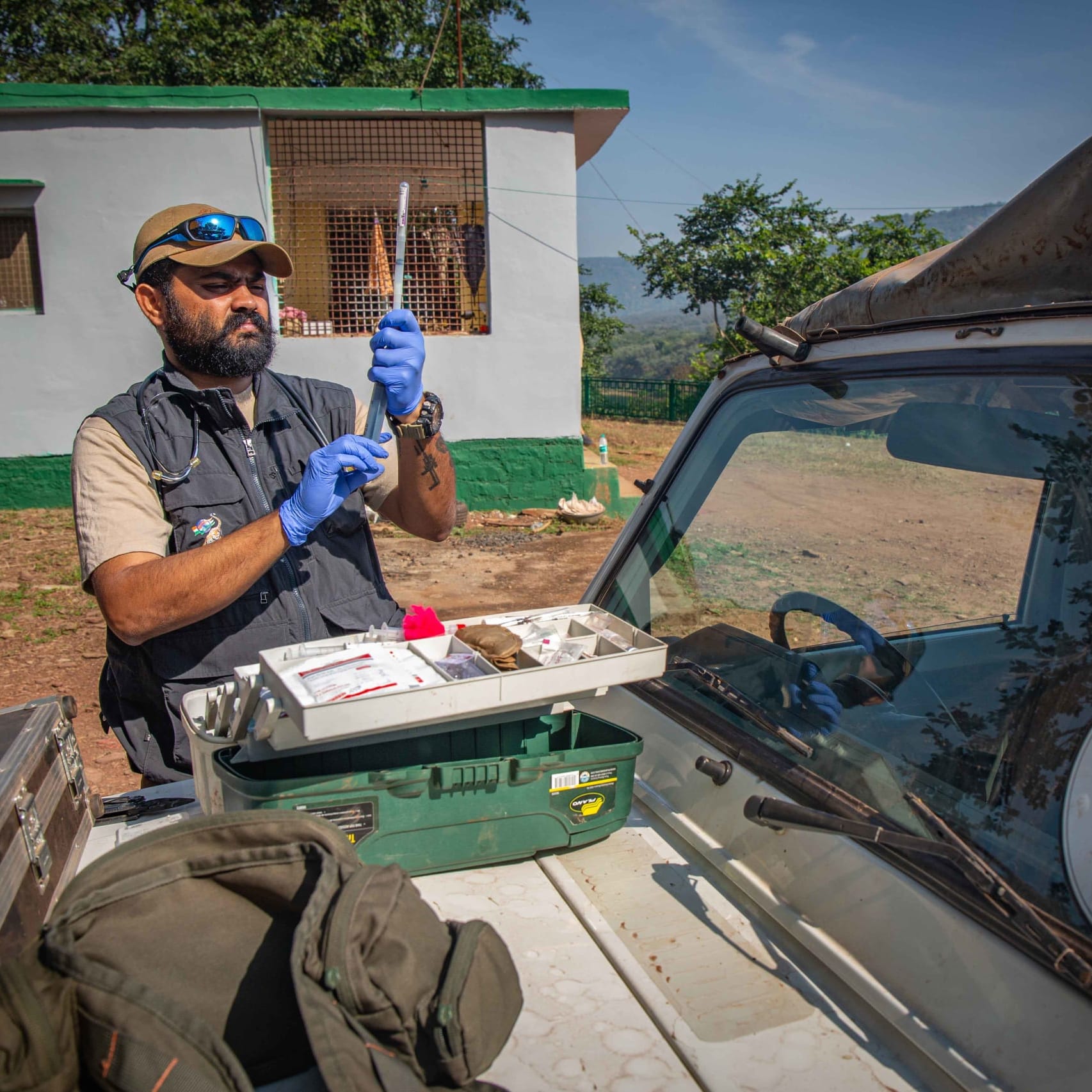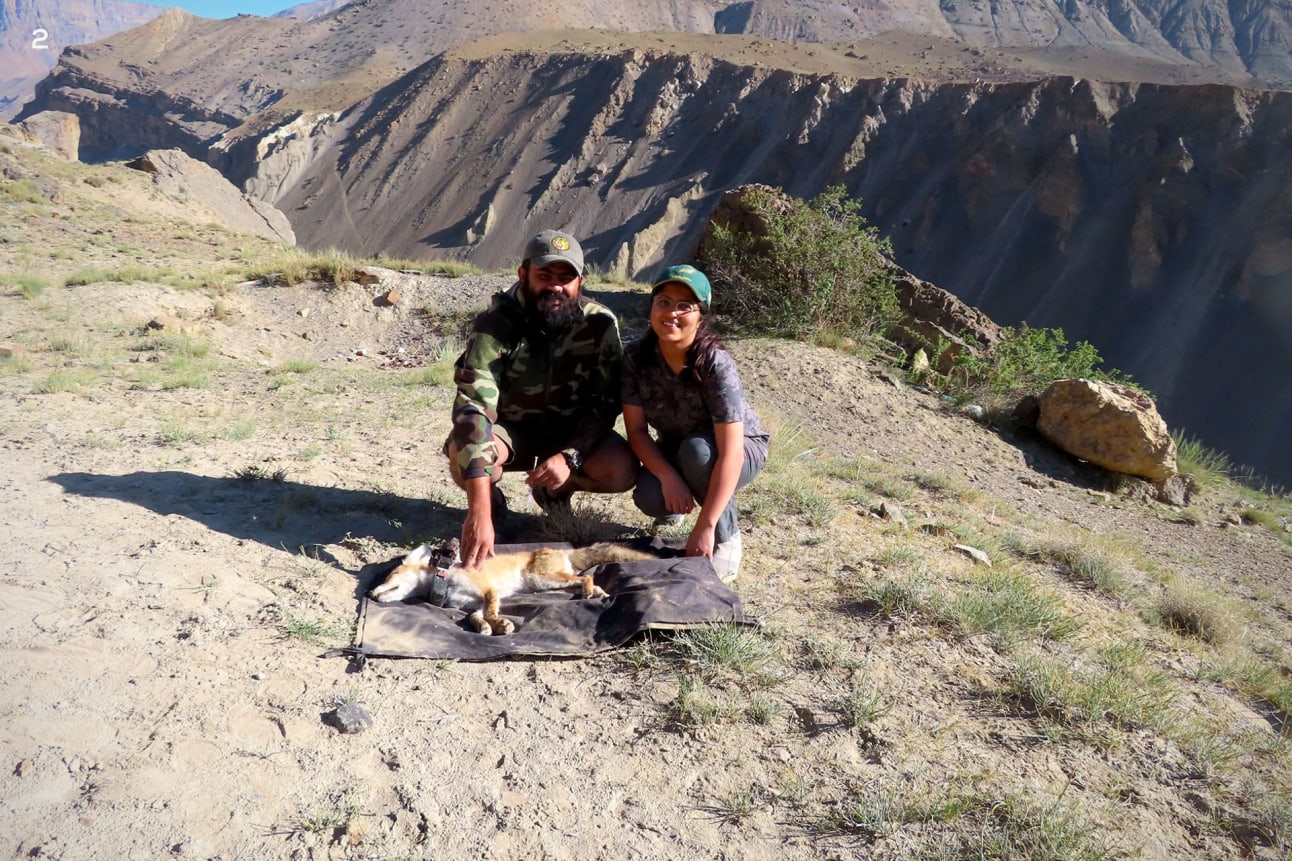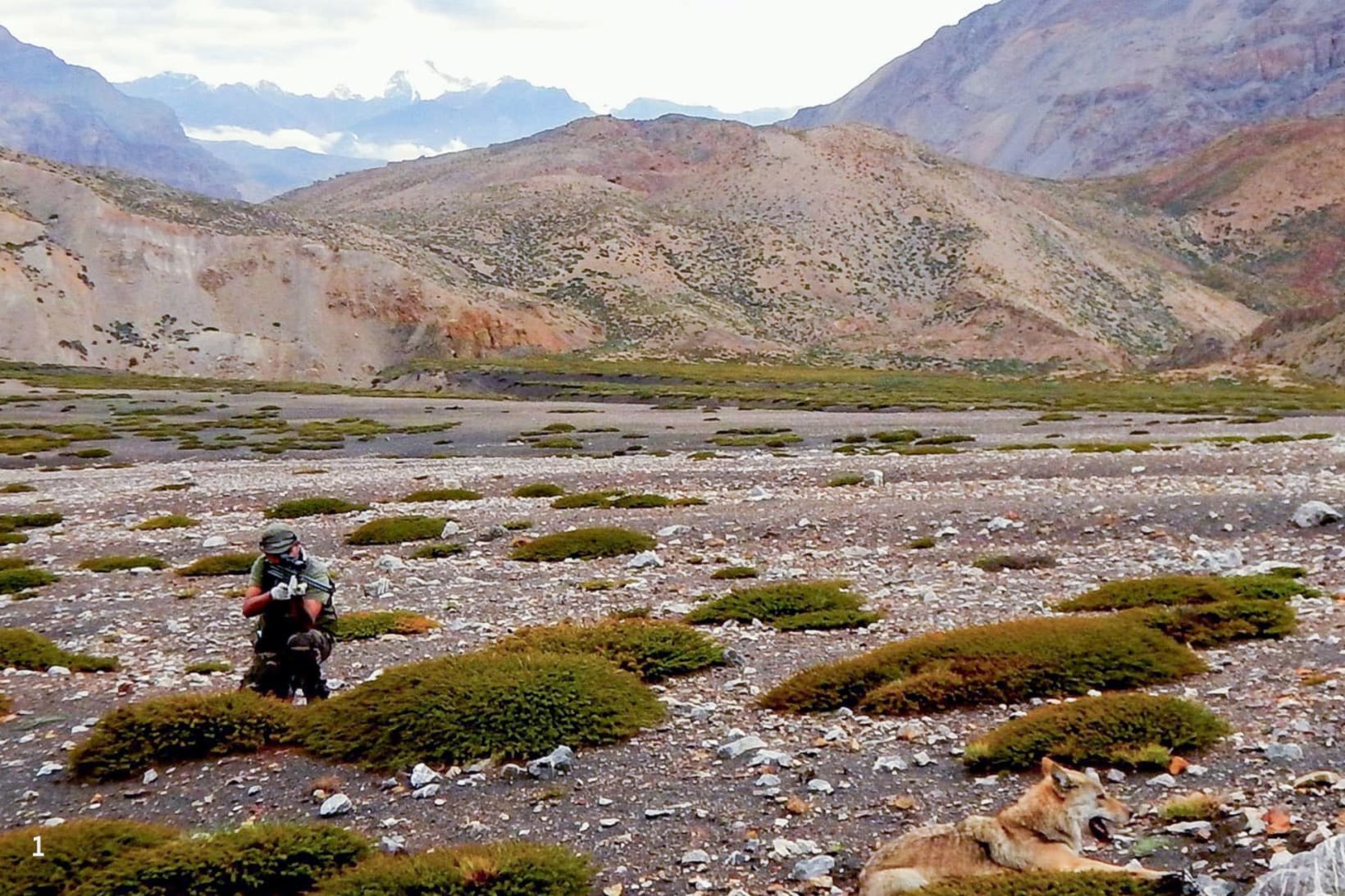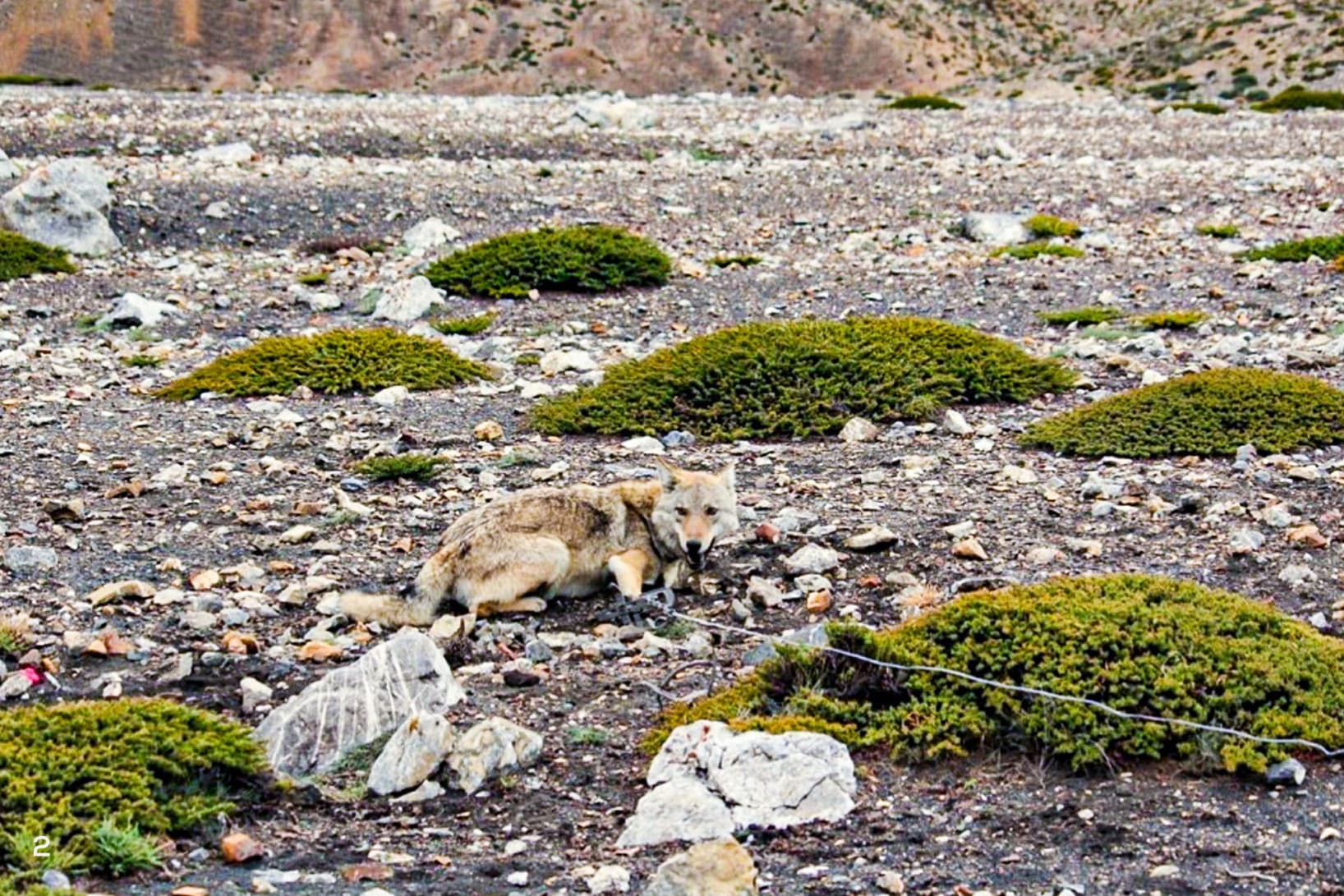 Listen to this article
•
15:34 min
Listen to this article
•
15:34 min
Sanath Muliya, a wildlife health professional, remembers his tenth birthday vividly. He was spending sweaty summer days in his ancestral home in Puttur, a small village sandwiched between the coast and the Western Ghats in Karnataka. A nonvenomous wolf snake had laid eggs in the tiled roof of the old British-era bungalow. On his birthday, the eggs hatched, and the young ones started dropping to the floor. Mr Aithal, a local ayurveda practitioner and snake enthusiast, was promptly summoned. As he rescued each of the hatchlings, he let Muliya watch closely and even hold one. The incident made a deep impression on Muliya. “I knew then that I wanted to work with animals,” he says. In his teenage years, Muliya assisted Aithal in local snake rescue operations and later secured a master’s in veterinary sciences.
Over the last decade, his profession has taken him far and wide, from learning about disease transmission between animals and humans in Botswana to rescuing a range of creatures from tigers to migratory birds in India. He has also worked at Bannerghatta Biological Park, Karnataka, as a veterinary officer and part of a team responsible for caring for 3,000-odd wild animals from 88 different species. However, his most notable and challenging work has involved capturing and rehabilitating wild animals such as tigers, wolves, and elephants. Since 2022, he has been coordinating veterinary activities for the Cheetah Reintroduction Project and was part of delegations that translocated the felines from Namibia and South Africa.

Cover: Sanath Muliya has been a wildlife veterinarian for the last two decades. One of his areas of expertise is capture and chemical immobilization of wild animals for treatment, rescue, and relocation. Photo courtesy: Shivang Mehta
Since 2015, Muliya has been part of a project led by Dr Salvador Lyngdoh, a scientist and professor at the Wildlife Institute of India. The project involves collaring high-altitude species such as snow leopards, Himalayan wolves, foxes and free-ranging dogs in Spiti. Over the past few years, the collars have offered valuable insights into the predators’ movements, hunting patterns, and navigation through the rugged landscape, unravelling mysteries surrounding their existence and providing information for their conservation. The research explores the interaction patterns among predators in the region that occupy multiple niches. His wife, Priyanka Justa Muliya, also a researcher on the project, accompanied him on many of these expeditions.
Capturing and collaring wild species in the trans-Himalayan landscape is a carefully orchestrated operation that can take over a month of prep work. The team must select suitable locations guided by the animal’s behaviours and the knowledge generously shared by the local community. Once the site is selected, Muliya’s real work begins. Moving traps and equipment to the capture area is no small feat, especially in the treacherous terrain. The temperature in the summer can be as low as 1-2 degrees Celsius, and equipment is heavy. “Just the darting equipment is nothing less than 11 kg,” he says. The “camp”, a basic tent surrounded by barren, rugged mountains, must be set up within a kilometre radius so the team is always within reach. If an animal is captured and left unchecked for long hours, it might injure itself while trying to escape. Despite the prep work, capturing and collaring elusive wild species is challenging. “In the past, three of us, Dr Lyngdoh, local guide Yarfel, and I have trekked and camped in remote Yang-So Lake in Spiti for a few weeks in the hope of capturing just one wolf but didn’t manage that.”
24 Hours in the Life of a Wildlife Vet:
4 pm: Dr Lyngdoh, Muliya and field assistant Yarfel set up a bare-bones tent in the barren mountains of Spiti so they can remain close to the capture site. Himalayan wolves and red foxes are largely active during the night. Hence, the traps must be placed the previous evening, carefully concealed beneath the ground. “Placing traps is a blend of both art and science. Wolves and foxes can sense even the slightest change in their environment, so concealing them while using certain lures to attract them near the traps needs experience as well as a good know-how on its behaviour,” says Muliya. Once the traps are placed, the team recedes to the tents.
8 pm: Every few hours, one of the team members makes a round of the traps to check if a wolf, a fox or any other creature is captured. If there is a “bycatch”, a species not included in the study (like a deer), it is promptly released.
12 pm: Another round of checks is made at midnight, followed by one just before dawn breaks. The team also scans the site from the tent through binoculars.
6 am: On one such day, at about 6 am, Dr Lyngdoh spotted movement around a trap while scanning the area with his binoculars. The team quickly rushed to the spot to find a captured female Himalayan wolf. The post-capture phase is critical, especially in hostile landscapes. “Administering anaesthesia at such altitudes comes with its own challenges. Oxygen is very low, and we know nothing of the animals’ underlying health issues,” says Muliya. He swiftly picked up his darting gun, aimed at the animal from 20 metres away and shot it. Once the animal reached a non-responsive state, he carefully positioned it for further procedures. The high-altitude environment demands continuous vigilance, monitoring vital signs, and providing oxygen to counter the lower oxygen levels. “The challenge is that the terrain does not allow you to carry sophisticated equipment. Everything is done manually, with just a stethoscope and feel of the hand. These are the most stressful 45 minutes — both for the captured animal and me.”
6.30 am: While constantly monitoring the species, the team deploys the collar. “The collar just takes five minutes to deploy. Weeks of recce, training and all the preparations come down to these crucial five minutes,” says Muliya.
7 am: Once the collar was secured, Muliya administered a reversal agent that revived the animal from its non-responsive state. As the animal gradually emerged from a tranquilised state, the team verified the functionality of the collars and released the animal. The team stays vigilant until they are back on their feet.

11 am: The team wraps up the operation and moves towards Mane, the closest town. Here, they replenish supplies, grab a meal, and head towards the next site to set up camp and repeat the process.
The team named the collared wolf Kunzum after the high mountain pass that connects Lahaul Valley to Spiti. Kunzum went on to provide excellent data over the next year and a half that added to insights on how predators interact with each other and their environment. “On a personal note, the capture operations conducted in Spiti transcended the realm of a conventional scientific expedition,” he says. “We view the collaring process as akin to providing a voice to these elusive species.”









